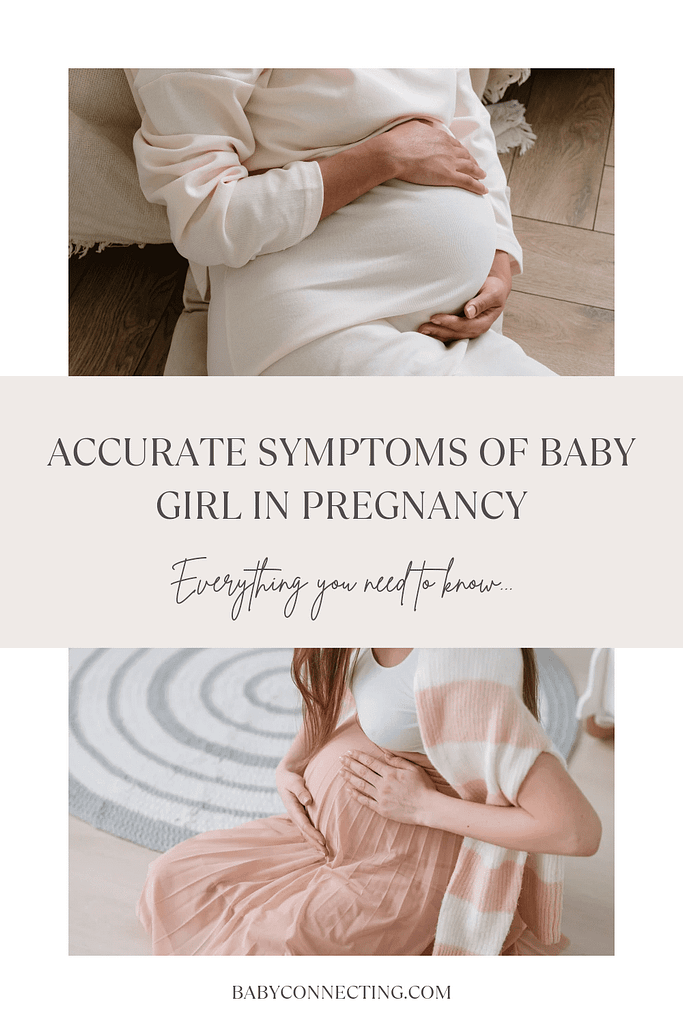Bleeding and Spotting During Pregnancy — What Does It Mean?

Pregnancy is a time of immense physical and emotional changes, and any unexpected symptoms can be worrying, especially when it comes to bleeding or spotting. While bleeding during pregnancy is relatively common, it often causes anxiety for expecting mothers. Understanding the causes, potential implications, and when to seek medical advice is essential. In this blog post, we’ll explore what bleeding and spotting mean during pregnancy, the various causes, how they differ, and when you should be concerned.
Understanding Bleeding and Spotting During Pregnancy
Bleeding and spotting during pregnancy can be alarming, but it’s important to note that not all bleeding is a sign of a serious problem. Spotting refers to light bleeding that is often pink, brown, or rust-colored, similar to the end of a menstrual period. Bleeding, on the other hand, is heavier and more akin to a regular period. Both spotting and bleeding can occur at different stages of pregnancy, and understanding the potential causes can help you determine when to seek medical attention.
Common Causes of Spotting and Bleeding in Early Pregnancy
In the first trimester, spotting and light bleeding are relatively common and often harmless. However, they can also indicate more serious conditions, so it’s crucial to monitor the severity and accompanying symptoms.
Read more about:hair changes during pregnancy
1. Implantation Bleeding
Implantation bleeding is one of the earliest signs of pregnancy, occurring when the fertilized egg attaches to the uterine lining. This usually happens 6-12 days after conception and can result in light spotting or mild cramping. Implantation bleeding is typically light pink or brown, lasts a few hours to a couple of days, and is generally not a cause for concern.
2. Cervical Changes
During pregnancy, the cervix becomes more sensitive and blood flow to the area increases. This can lead to light spotting after sexual intercourse, a pelvic exam, or even strenuous physical activity. This type of spotting is usually light and short-lived.
3. Hormonal Fluctuations
Hormonal changes can lead to breakthrough bleeding around the time your period would normally occur. This light bleeding is usually harmless and due to the body adjusting to the increased hormone levels that support pregnancy.
4. Subchorionic Hemorrhage
A subchorionic hemorrhage occurs when blood collects between the uterine wall and the outer fetal membrane. This can cause light to moderate bleeding but is usually not dangerous and often resolves on its own. However, your healthcare provider should monitor it through ultrasound.
Read more about:Hunger During Pregnancy
5. Early Pregnancy Loss (Miscarriage)
Unfortunately, bleeding in early pregnancy can also be a sign of miscarriage, particularly if it’s accompanied by cramping, back pain, or the passage of tissue. Most miscarriages occur in the first trimester and often cannot be prevented. Seek medical attention if you suspect a miscarriage.
6. Ectopic Pregnancy
An ectopic pregnancy occurs when a fertilized egg implants outside the uterus, most commonly in the fallopian tube. Symptoms include sharp abdominal pain, dizziness, and light to heavy bleeding. An ectopic pregnancy is a medical emergency requiring immediate attention.
Causes of Bleeding and Spotting in the Second and Third Trimesters
While bleeding is more common in early pregnancy, it can also occur in the later stages and is often more concerning. Here are some causes of bleeding in the second and third trimesters:
Read more about: Â Power of dates during pregnancy
1. Cervical Polyps
Cervical polyps, benign growths on the cervix, can cause spotting, especially after sex or a pelvic exam. While usually harmless, it’s important to have them checked by your healthcare provider.
2. Placenta Previa
Placenta previa is a condition where the placenta partially or completely covers the cervix. It can cause painless bleeding in the second or third trimester and often requires careful monitoring, bed rest, or even early delivery by C-section, depending on the severity.
3. Placental Abruption
Placental abruption occurs when the placenta separates from the uterine wall before delivery, causing bleeding, abdominal pain, and cramping. It’s a serious condition that requires immediate medical attention and can pose risks to both mother and baby.
4. Preterm Labor
Bleeding in the third trimester can be a sign of preterm labor, especially if accompanied by contractions, back pain, and pressure in the pelvis. Preterm labor occurs before 37 weeks of pregnancy and requires immediate medical intervention to try to delay birth.
5. Uterine Rupture
Uterine rupture is a rare but life-threatening condition where the uterus tears along a previous C-section scar or surgical incision. It causes severe bleeding, intense abdominal pain, and requires emergency surgery.
6. Infections
Vaginal infections, such as yeast infections, bacterial vaginosis, or sexually transmitted infections (STIs), can cause spotting or light bleeding during pregnancy. These infections often cause additional symptoms like itching, burning, or unusual discharge and should be treated promptly.
How to Manage Spotting and Bleeding During Pregnancy
If you experience spotting or bleeding during pregnancy, here are some steps to take:
1. Track the Bleeding
Note the color, amount, and duration of the bleeding, as well as any accompanying symptoms like cramping or pain. This information will be helpful for your healthcare provider in determining the cause.
2. Avoid Strenuous Activity
Rest as much as possible and avoid heavy lifting, intense exercise, or sexual activity until you can consult your healthcare provider. Physical activity can aggravate certain conditions, leading to increased bleeding.
3. Stay Hydrated
Drink plenty of fluids to maintain overall health and support your body’s needs during pregnancy. Proper hydration is especially important if you’re experiencing lightheadedness or weakness due to blood loss.
4. Wear Pads, Not Tampons
Use a pad to monitor the amount and type of bleeding. Avoid tampons, which can introduce bacteria and are not safe to use during pregnancy.
5. Monitor Other Symptoms
Pay attention to additional symptoms like dizziness, fever, severe cramping, or changes in fetal movement. These can provide important clues about the nature of the bleeding and whether it requires urgent medical care.
When to Seek Immediate Medical Attention
While some spotting during pregnancy is normal, certain signs indicate that you need to contact your healthcare provider right away:
– Heavy Bleeding:
If you’re soaking through a pad in an hour or less, or if the bleeding resembles a heavy period, seek immediate medical care.
– Severe Abdominal Pain:
Intense pain, cramping, or pressure could be signs of miscarriage, ectopic pregnancy, or placental abruption.
– Fever or Chills:
Fever may indicate an infection that requires prompt treatment to protect both you and your baby.
– Dizziness or Fainting:
These symptoms, along with heavy bleeding, can be signs of a more serious complication such as an ectopic pregnancy or placental abruption.
– Decreased Fetal Movement:
If you notice a significant decrease in your baby’s movements after 28 weeks, contact your healthcare provider immediately.
What to Expect When You Seek Medical Care
When you see your healthcare provider about bleeding or spotting during pregnancy, they may perform the following evaluations:
– Ultrasound:
An ultrasound can help determine the cause of bleeding by checking the baby’s heartbeat, placental location, and signs of complications like ectopic pregnancy or placental abruption.
– Pelvic Exam:
A pelvic exam can identify cervical changes, polyps, or other causes of bleeding.
– Blood Tests:
Blood tests can check for hormone levels, blood count, and other indicators of pregnancy health.
– Fetal Monitoring:
Later in pregnancy, fetal monitoring may be used to assess the baby’s heart rate and response to contractions, especially if preterm labor is suspected.
Final Thoughts
Bleeding and spotting during pregnancy can be frightening, but it’s important to remember that they don’t always indicate a serious problem. Understanding the potential causes and knowing when to seek medical help can provide peace of mind and ensure that you receive the appropriate care when needed. Always communicate openly with your healthcare provider about any symptoms you experience, and don’t hesitate to seek help if you’re concerned.
Read more about: accurate symptoms of Baby boyÂ


